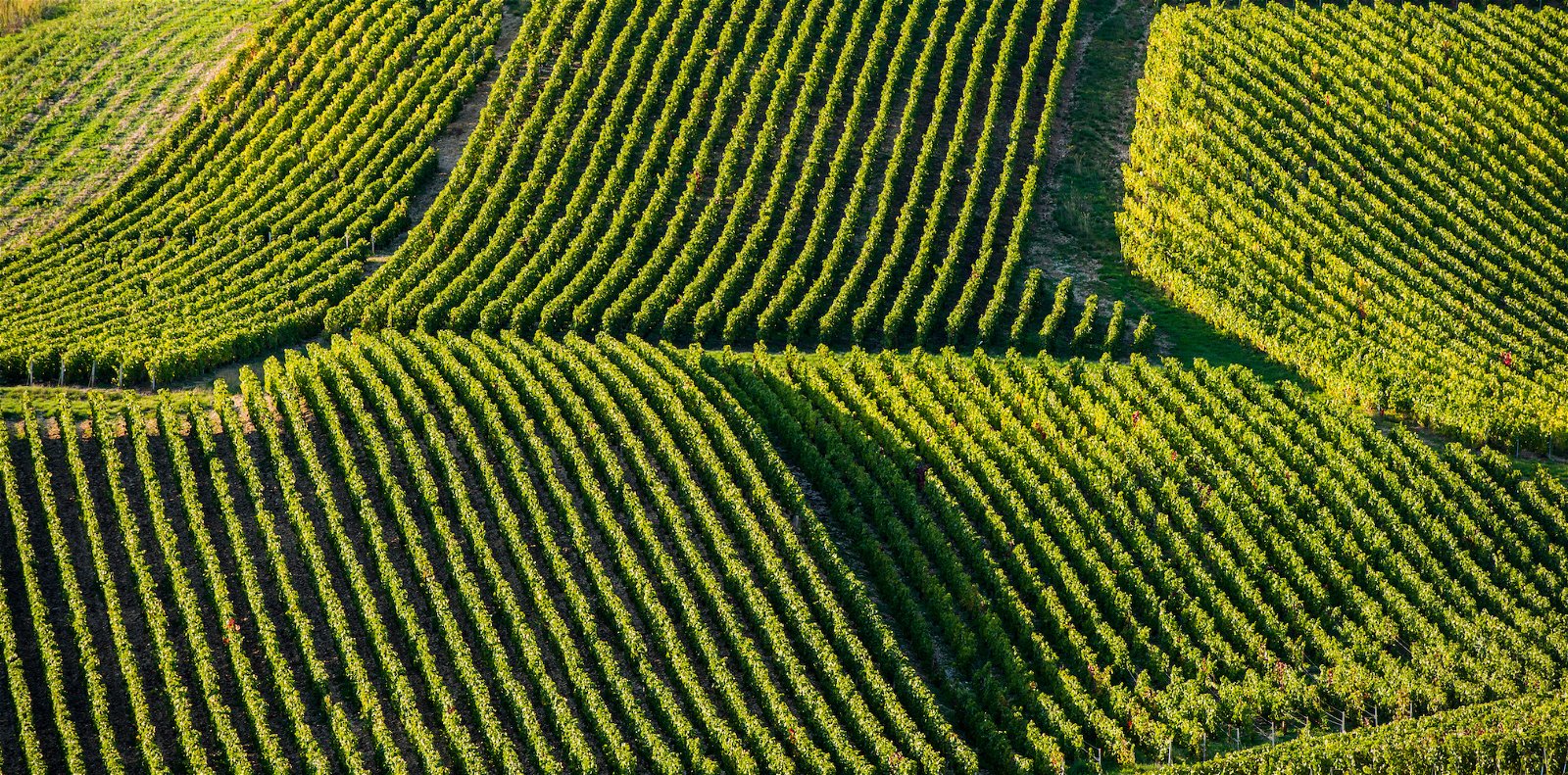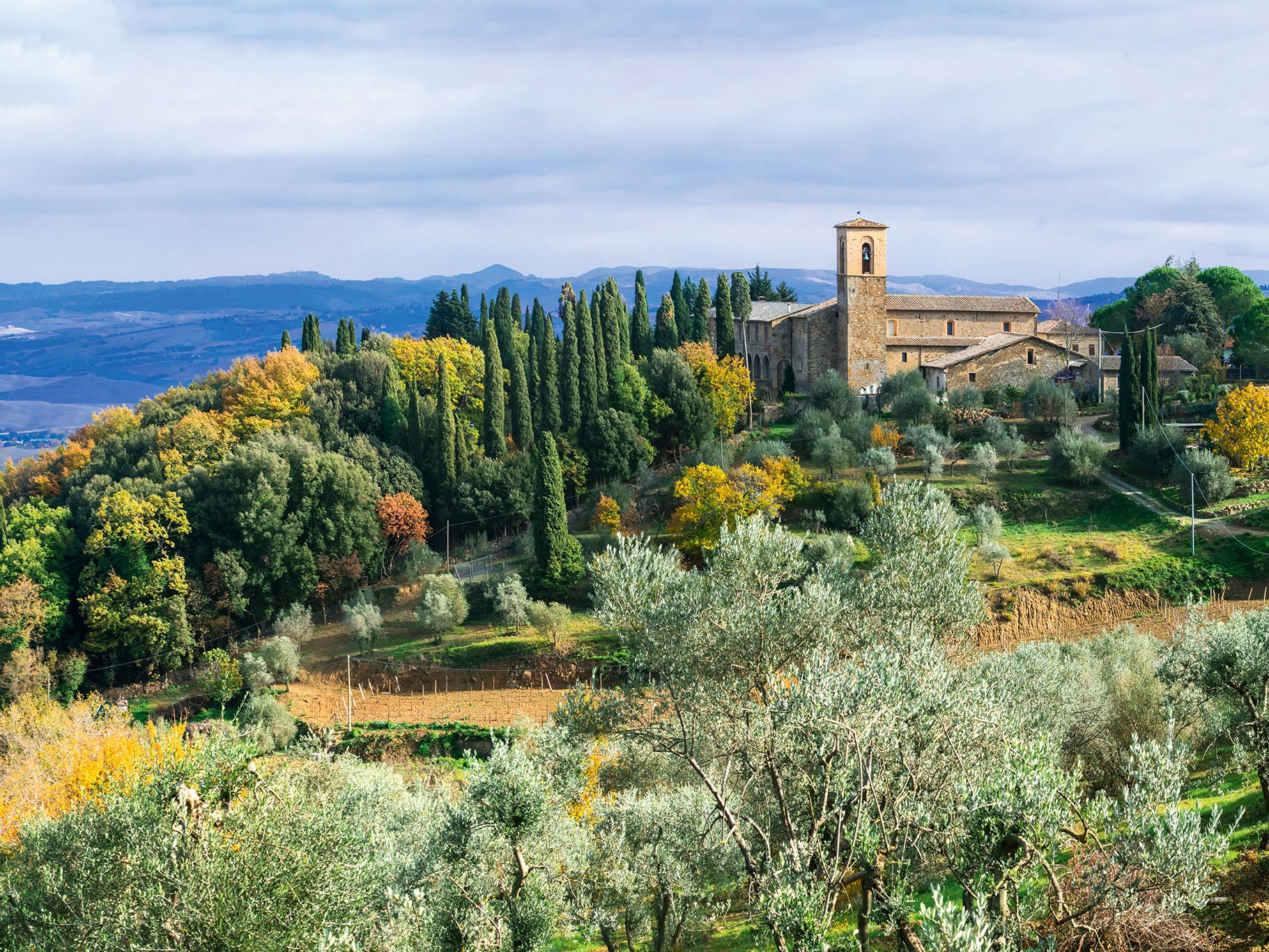The Danube plain, often referred to in literature as the northern region, is home to about 30% of Bulgaria's vineyards, divided into many sub-regions. The region stretches over gentle hills from the Danube in the north to the Balkan fringe and has a temperate continental climate. Summers are warm, occasionally hot, but short; winters can be severe with heavy ground frosts. Precipitation is measured, ranging from 500 to 600 mm annually. Crossed by many small rivers, the region has microclimate zones in its sub-regions, sometimes very different from each other, which have a great influence on the choice of grape varieties. Therefore, a diverse range of grape varieties, both white and red, thrive in the Danube region. One of the main grape varieties in this part of Bulgaria is Gamza, from which a rather light, fresh and palatable red wine is produced. High quality red wines are produced from the international varieties such as Cabernet Sauvignon and Merlot. White wines also tend to be produced from international varieties such as Chardonnay or even Riesling, alongside the indigenous Pamid. Overall, the wines in the rather cool north of Bulgaria turn out lighter and more elegant, in contrast to the full-bodied and sometimes powerful and rich style in the south.













